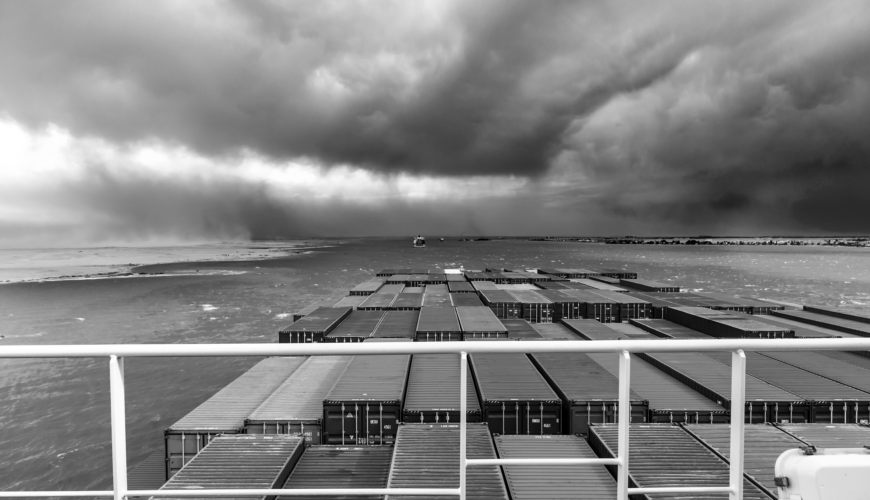The maritime shipping situation in the Red Sea continues to escalate, and the fallout is becoming a major supply chain disrupter. Houthi rebels continue to escalate their attacks on cargo vessels transiting the area, leading most companies to re-route Suez Canal-bound ships to the longer, costlier route around Africa—close to 90 percent of container ships that pass through the Red Sea are diverting from their normal routes. It’s time for supply chains to adjust to a prolonged period of longer transit times.
For ships using the Cape of Good Hope, maritime shipping times between Asia and Europe can be two weeks longer than normal. That backs up shipments from Asia to the United States, as well. Other compounding issues include insufficient port capacity along the alternate routes, which could lead to fuel shortages and long lines backing up at those ports, akin to the delays we saw a few years back at the West Coast ports. Product availability will also face delays and shortcomings, as some overseas companies have slowed or shut down production while they wait for raw materials. As maritime shipping becomes an expensive option, freight companies are swooping in to pick up some of the slack, but that’s also at a cost. Some freight rates overseas have spiked by more than 50 percent.
All the disruptions sound familiar to 2020’s pandemic disruptions, but there are key differences between then and now. Chief among them is the fact that consumer demand remains far lower today than it was four years ago when stay-at-home consumers began an e-commerce buying frenzy. With lower demand, the fact that some products are delayed or in short supply won’t have the same impact as in 2020. Still, disruptions are real and costly, and supply chain managers need to strategize the best ways to manage them.
To accommodate the issues, companies need to accelerate planning and manufacturing to help make up for the lost transit times. Rather than focusing on short-term maritime shipping, companies may want to consider longer-term decision-making regarding their supply chains.
In the meantime, disruptions also continue in the Panama Canal due to drought conditions. While the situation has eased slightly, the canal remains at 24 daily passages, down from the normal daily transit count of 36. The lack of typical passages is serving to complicate the Suez Canal situation, too, as the Panama Canal would typically serve to bring on extra vessels in such a situation.
The United States is a heavy user of the Panama Canal, with 40 percent of container traffic making its way through the passage. One of the emerging go-arounds is rail service. The Panama Canal Railway, which runs 47 miles parallel to the canal route, can run up to 10 trains in each direction around the clock. As the canal itself becomes increasingly difficult to use, the railroad may ramp up to 32 daily trains.
A month into the new year is proving the importance of planning and pivoting for any supply chain manager hoping to minimize the impact of disruptions.


